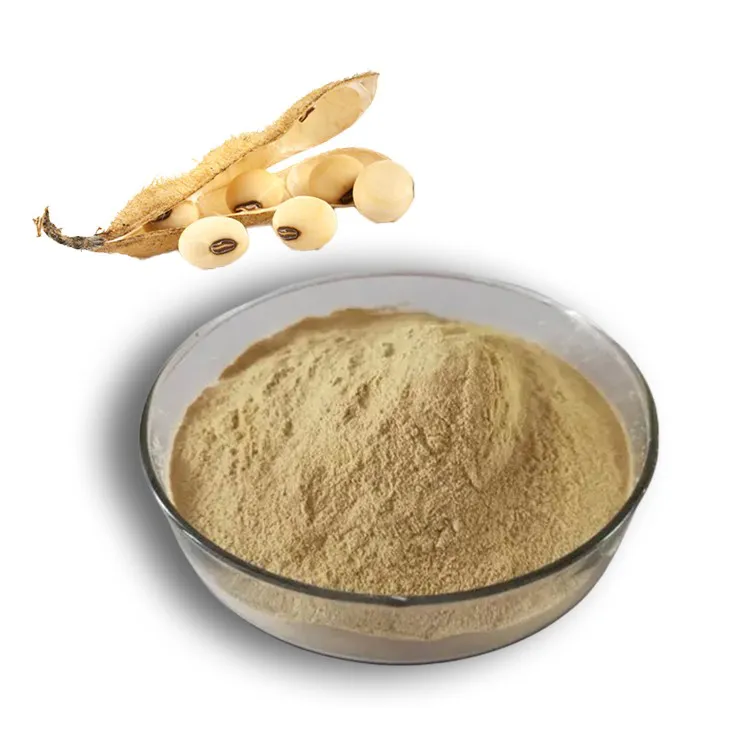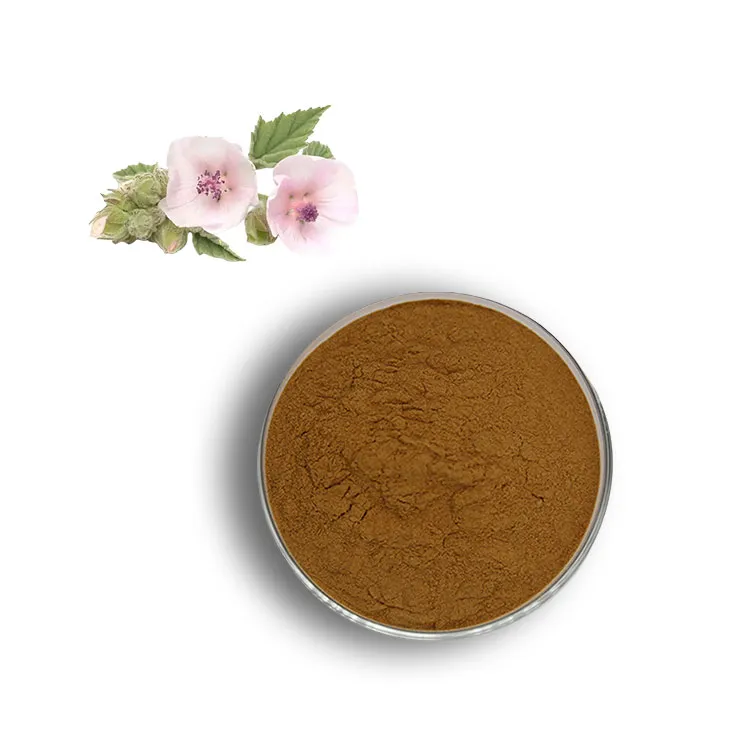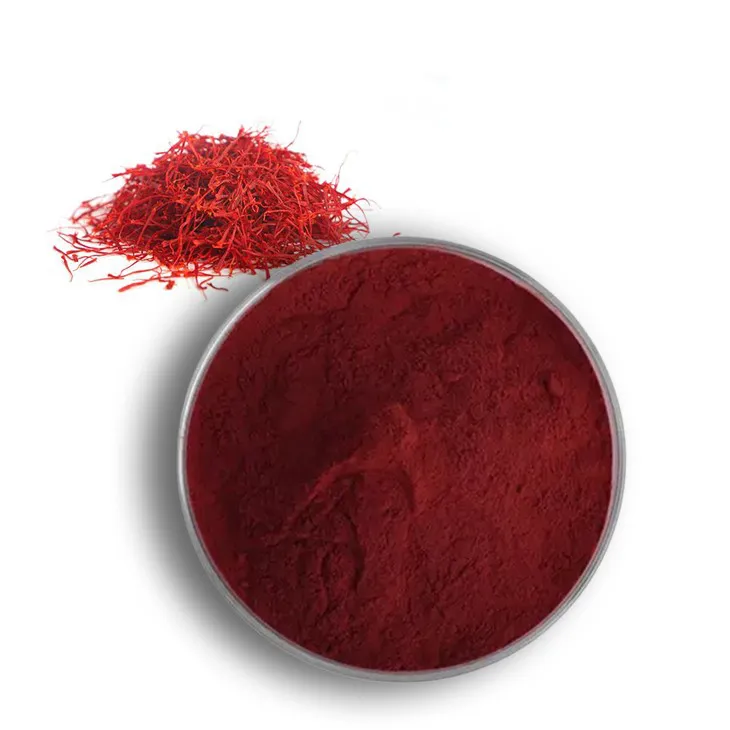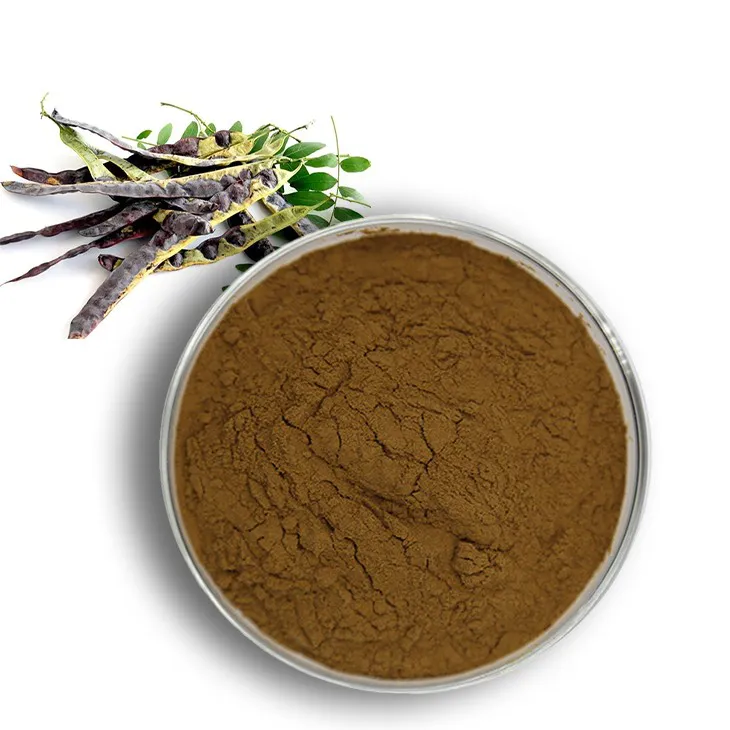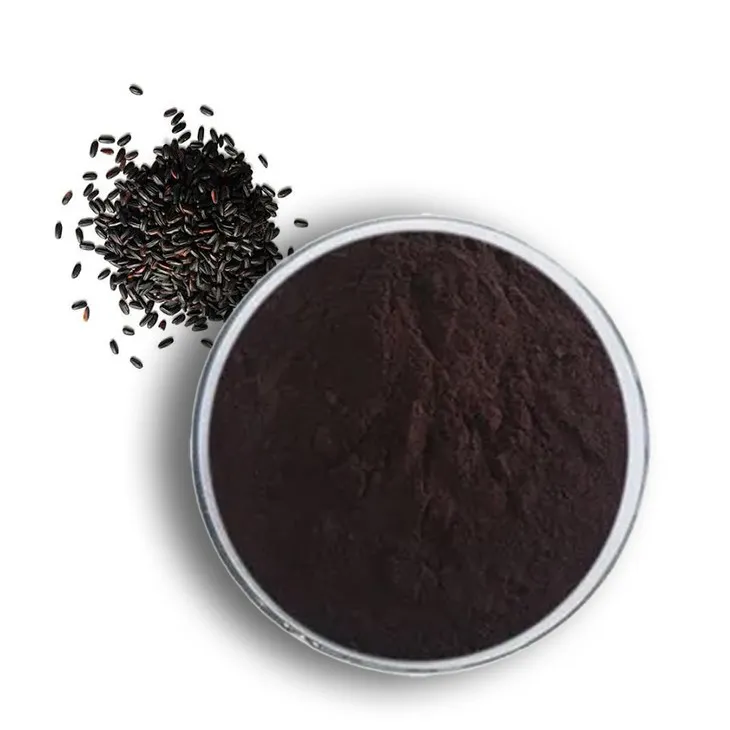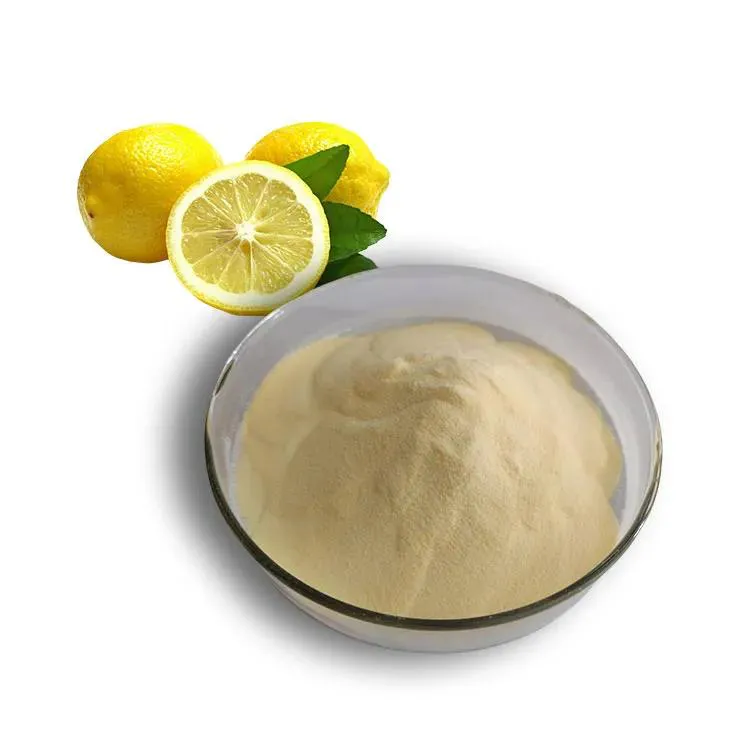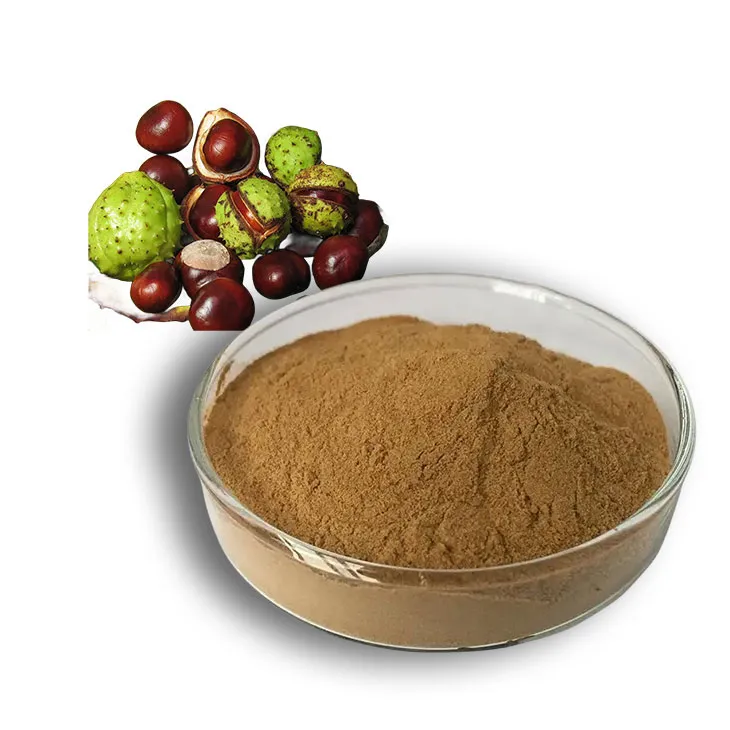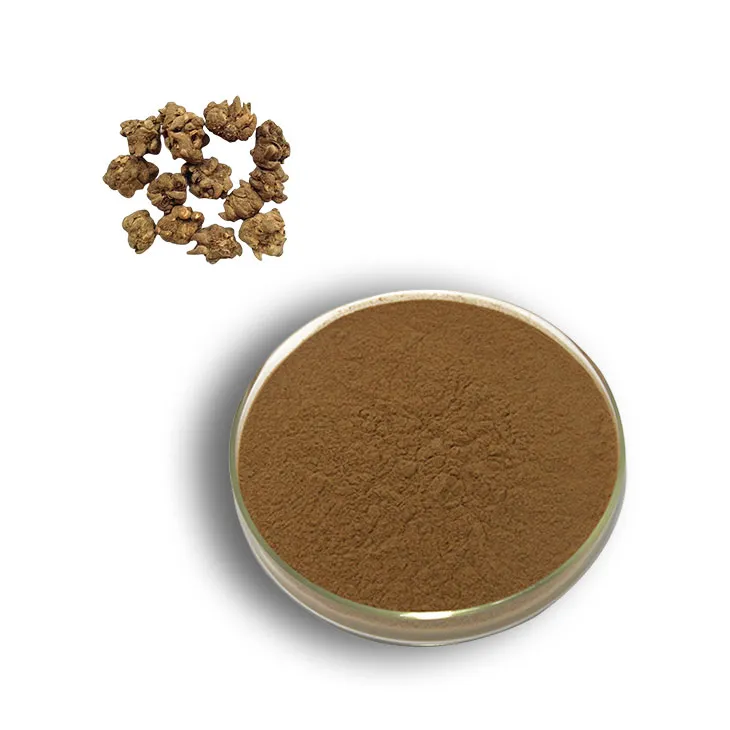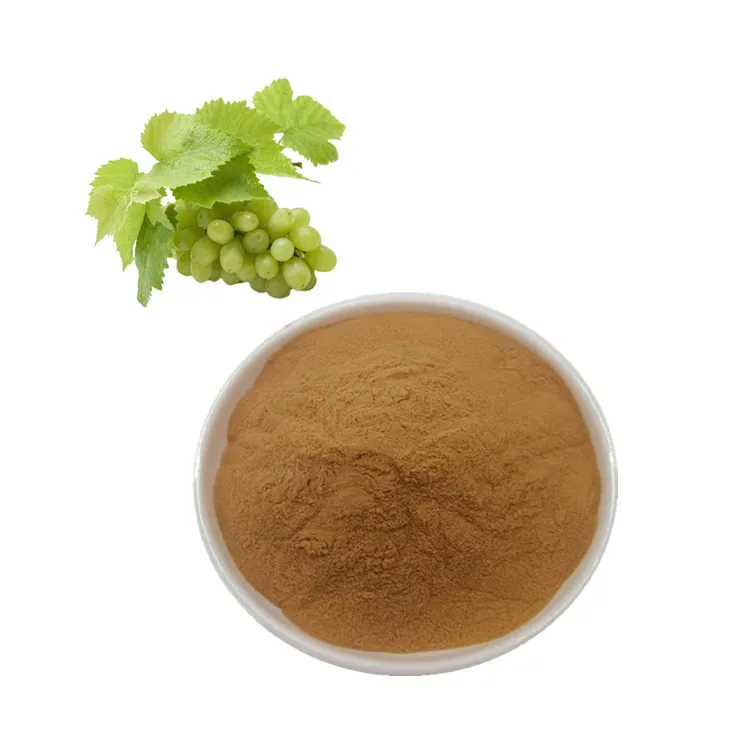- 0086-571-85302990
- sales@greenskybio.com
What Are the Disadvantages of Red Rice?
2025-07-08
Red rice has become increasingly popular in recent years as more people seek out whole-grain and nutrient-rich alternatives to white and brown rice. Revered for its distinct color, hearty flavor, and considerable amounts of fiber, vitamins, and antioxidants, red rice is often hailed as a healthy staple. However, as with any food, red rice is not without its downsides. Understanding the potential disadvantages of red rice is important for making balanced dietary decisions and for individuals with particular health needs or preferences.
1. Digestive Issues Due to High Fiber Content
Red rice retains its outer bran layer, making it much higher in fiber than white rice. While fiber is essential for digestive health and can help lower cholesterol and regulate blood sugar, a sudden increase in dietary fiber can cause discomfort. For individuals not accustomed to a high-fiber diet, consumption of red rice may result in bloating, intestinal gas, stomach cramps, or loose stools. Those with digestive sensitivities or chronic gastrointestinal conditions, such as irritable bowel syndrome (IBS), may experience exacerbated symptoms and should introduce red rice gradually to allow the gut time to adjust.
2. Longer Cooking Time and Preparation
One of the practical drawbacks of red rice is the time and effort required to prepare it. Red rice typically takes about 30 to 45 minutes to cook—much longer than white rice and even most brown rice varieties. The extra cooking time is a result of the intact bran and germ layers, which make the grains tougher and more resistant to boiling. For busy individuals or families needing quick meal options, the prolonged preparation and cooking may be inconvenient. Improperly cooked red rice may also have an unappealing chewy or undercooked texture.
3. Phytates and Mineral Absorption
Red rice, like other whole grains, contains phytates (or phytic acid), which can bind to minerals such as calcium, zinc, and iron in the digestive tract. This binding effect can reduce the absorption of these essential nutrients, potentially leading to deficiencies over time—especially in those who consume red rice frequently and do not maintain a balanced diet rich in minerals. For individuals at higher risk of mineral deficiencies, such as children, pregnant women, or people on vegetarian or limited diets, this could be a concern if red rice is relied upon as a primary grain source.
4. Caloric Density and Portion Control
Despite being less processed and higher in nutrients than white rice, red rice is comparably calorie-dense, containing around 110–120 calories per half-cup cooked serving. Its “health food” reputation might tempt some people to eat larger portions than necessary, leading to excess calorie consumption. For individuals trying to manage their weight, it’s important to be mindful of serving sizes, as the calories can add up quickly, even with whole-grain rice.
5. Risk of Heavy Metal Contamination
Like all varieties of rice, red rice can accumulate naturally occurring heavy metals such as arsenic from soil and water, especially when grown in certain regions with high environmental levels. Chronic exposure to arsenic has been associated with increased risks of cancer, heart disease, and other serious health issues. While the health risks are generally low when red rice is eaten in moderation and as part of a diverse diet, those who consume large quantities of rice daily—regardless of type—should be especially cautious. Rinsing rice thoroughly and purchasing from credible, tested sources can help reduce the risk.
6. Not Suitable for All Diets
Red rice is gluten-free and suitable for most people with celiac disease or gluten sensitivity. However, because it is high in carbohydrates, red rice is not compatible with very-low-carb or ketogenic diets. People with diabetes or metabolic conditions that require careful carbohydrate management should be aware that red rice, while having a lower glycemic index than white rice, can still impact blood sugar if consumed in large amounts.
7. Higher Cost and Limited Availability
Red rice is often more expensive and harder to find than white or brown rice, particularly outside of regions where it is a traditional staple. Its higher price can be a barrier for many families, especially those living on a tight budget. In some locations, only specialty grocers or online retailers offer red rice, which may further increase costs due to shipping and limited demand.
8. Distinct Taste and Texture
Red rice is recognized for its nutty taste and chewy texture. While these attributes are appreciated by some, they may not appeal to everyone. Children and adults who are used to the milder flavor and softer texture of white rice may find red rice unpalatable. Its robust flavor can also overwhelm more delicate dishes and may not pair well with all cuisines.
Conclusion
Red rice offers many nutritional benefits, but it is important to weigh these advantages against its potential drawbacks. Digestive discomfort, longer cooking times, mineral absorption issues, risk of heavy metal contamination, unsuitability for some diets, higher cost, and distinct taste and texture are all valid considerations. As with any dietary choice, the key is moderation and balance. Those with specific nutritional needs or underlying health conditions should speak with a healthcare provider or registered dietitian before making significant changes to their grain consumption. By understanding both the pros and cons, individuals can make informed decisions about whether red rice is the right choice for their diet and lifestyle.
- ▶ Hesperidin
- ▶ Citrus Bioflavonoids
- ▶ Plant Extract
- ▶ lycopene
- ▶ Diosmin
- ▶ Grape seed extract
- ▶ Sea buckthorn Juice Powder
- ▶ Fruit Juice Powder
- ▶ Hops Extract
- ▶ Artichoke Extract
- ▶ Mushroom extract
- ▶ Astaxanthin
- ▶ Green Tea Extract
- ▶ Curcumin
- ▶ Horse Chestnut Extract
- ▶ Other Product
- ▶ Boswellia Serrata Extract
- ▶ Resveratrol
- ▶ Marigold Extract
- ▶ Grape Leaf Extract
- ▶ New Product
- ▶ Aminolevulinic acid
- ▶ Cranberry Extract
- ▶ Red Yeast Rice
- ▶ Red Wine Extract
-
Soy Extract
2025-07-08
-
Medicinal Marshmallow Extract
2025-07-08
-
Saffron Extract Powder
2025-07-08
-
Saponin Extract
2025-07-08
-
Cactus Extract
2025-07-08
-
Black Rice Extract
2025-07-08
-
Lemon Juice Powder
2025-07-08
-
Horse Chestnut Extract
2025-07-08
-
Cat Claw Extract
2025-07-08
-
Grape Leaf Extract
2025-07-08











